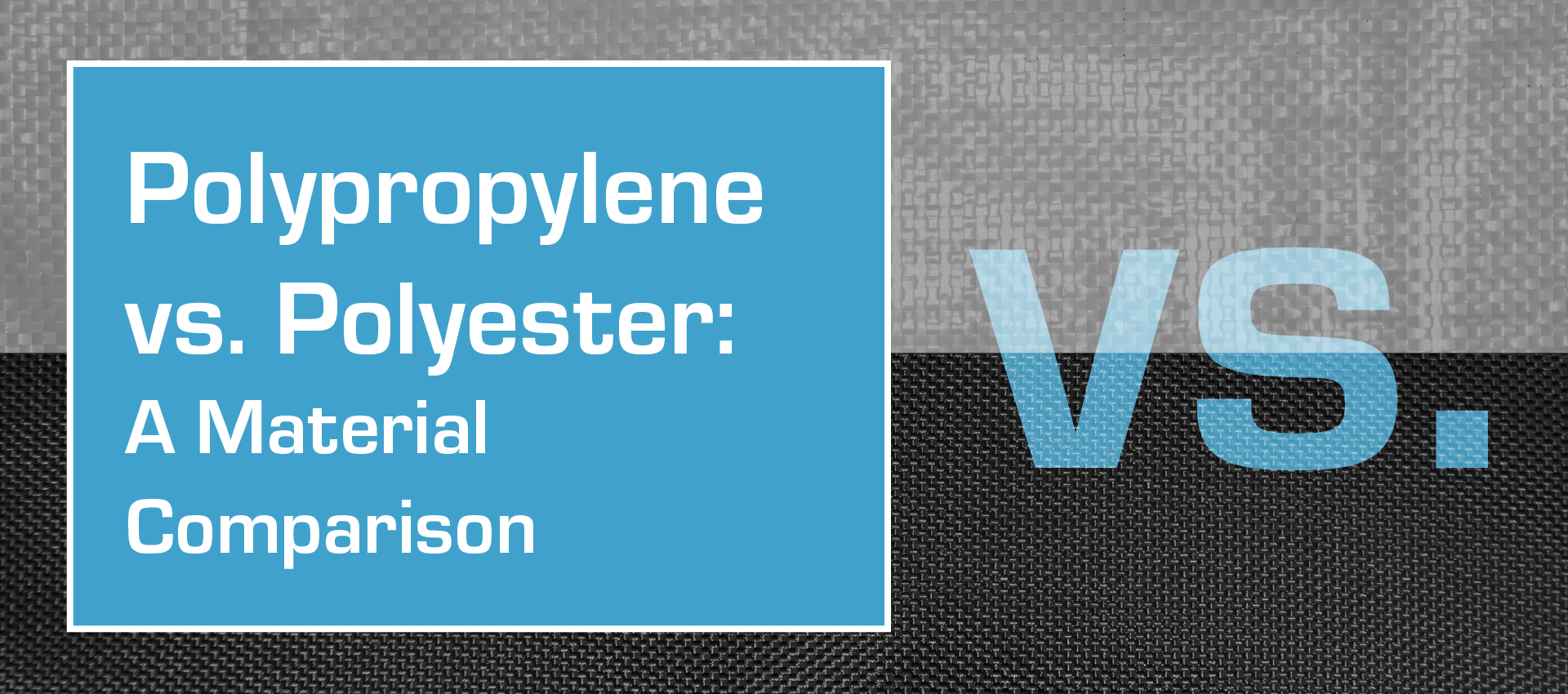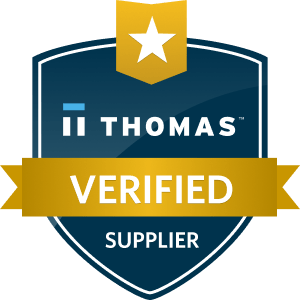The Best Way to Make Airtight & Watertight Seals
Key Takeaways
- Airtight and watertight seals are critical in industries where performance, safety, and reliability are non-negotiable.
- Traditional methods like stitching and adhesives, while common, often fall short in delivering the seamless protection needed.
- RF welding provides superior seam integrity, durability, and efficiency, making it the best choice for leak-proof manufacturing.
- Industries such as healthcare, military, and industrial sectors depend on high-quality seals to perform under pressure.
- Carolina CoverTech offers advanced RF welding capabilities, combined with a commitment to innovation, quality, and customer partnership.
Ensure your products perform at their best by partnering with Carolina CoverTech, the leader in creative design and development of products that cover, protect, contain, and enclose.
Understanding the Challenge: Creating Airtight & Watertight Seals
When it comes to manufacturing products that must resist air or water infiltration, the stakes are high. Whether it's a protective cover, a flexible containment solution, or an industrial-grade enclosure, the goal remains the same: create a reliable, leak-proof seal that maintains integrity under stress. The challenge lies in selecting a method that not only ensures an airtight and watertight barrier but also holds up against environmental pressures, wear and tear, and the demands of daily use.
Achieving a durable, consistent seal requires expertise in materials, design, and manufacturing techniques. Factors such as material compatibility, seam strength, flexibility, and resistance to external forces all play vital roles. Businesses need solutions that can confidently deliver under these parameters, especially in industries where failure is not an option.
Traditional Methods: Stitching and Adhesives
Historically, manufacturers have relied on traditional techniques such as stitching and adhesives to create sealed seams. While these methods have their place, they come with limitations when absolute air and water tightness is required.
Stitching involves sewing two or more pieces of material together. It's a cost-effective and straightforward approach, but inherently creates small perforations along the seam. These perforations can be potential leak points, making stitched seams less than ideal for applications demanding true airtight or watertight performance. Even when sealants or tapes are applied over stitches, they can degrade over time under environmental exposure.
Adhesives offer a different path, bonding materials without the need for perforations. However, adhesives can present challenges such as long curing times, difficulty achieving uniformity, and sensitivity to material types and environmental conditions. Moreover, adhesives may degrade, lose flexibility, or become brittle over time, especially when subjected to temperature fluctuations, UV exposure, or moisture.
For companies that require high-performing, long-lasting, airtight, and watertight solutions, these traditional methods often fall short.
Why RF Welding Is the Superior Solution
Radio Frequency
(RF) welding, also known as dielectric welding or heat sealing, offers a cutting-edge alternative to stitching and adhesives. It uses electromagnetic energy to generate heat within the materials themselves, causing them to melt and fuse at a molecular level. Key Advantages of RF Welding:
- No Perforations: Unlike stitching, RF welding creates a uniform, continuous bond without puncturing the material, eliminating leak points.
- Molecular Bond Strength: RF welding fuses the material at a molecular level, providing seam strength that equals or exceeds that of the material itself, unlike adhesives that may weaken over time.
- Durability and Longevity: RF welded seams are highly resistant to environmental degradation, maintaining their integrity against moisture, temperature extremes, and UV exposure.
- Consistency and Efficiency: RF welding delivers precise, repeatable results ideal for large-volume production, reducing variability compared to manual stitching or adhesive application.
- Material Compatibility: RF welding works seamlessly with a wide range of thermoplastics like PVC and polyurethane, commonly used in critical industries.
These advantages make RF welding the method of choice for applications where airtightness and watertightness are non-negotiable, especially in fields where failure is not an option.
Application Spotlight: Industries That Rely on Leak-Proof Performance
Healthcare
In the medical field, items such as fluid collection bags, inflatable splints, and sterile containment devices must maintain leak-proof seals to ensure patient safety and product efficacy. RF welding provides:
- Sterile Seams: The continuous, smooth seams resist microbial intrusion.
- Compliance: RF welding helps products meet stringent regulatory standards like FDA and ISO certifications.
- Reliability: Welded seams deliver the dependable performance essential for healthcare environments.
Military
Military-grade shelters, fuel bladders, and protective gear are expected to perform flawlessly in the harshest conditions. RF welding supports military applications by providing:
- Durability: Welded seams withstand extreme temperatures, rough handling, and rugged field conditions.
- Strength: The molecular bond makes sure the seam is as tough as the base material.
- Mission Reliability: Leak-proof performance reduces risk, ensuring equipment integrity in critical situations.
Industrial
Spill containment berms, flexible tanks, and protective enclosures used in industrial and environmental applications demand superior sealing. RF welding meets these demands by offering:
- Hazard Containment: Leak-proof seams prevent the release of hazardous materials.
- Compliance and Safety: RF welded products support compliance with OSHA, EPA, and other regulatory standards.
- Longevity: Resistance to chemicals, abrasion, and weather ensures long-lasting performance.
Carolina CoverTech’s RF Welding Expertise
At Carolina CoverTech, we specialize in designing and manufacturing high-performance products that cover, protect, contain, and enclose—and our RF welding capabilities are a cornerstone of that expertise.




